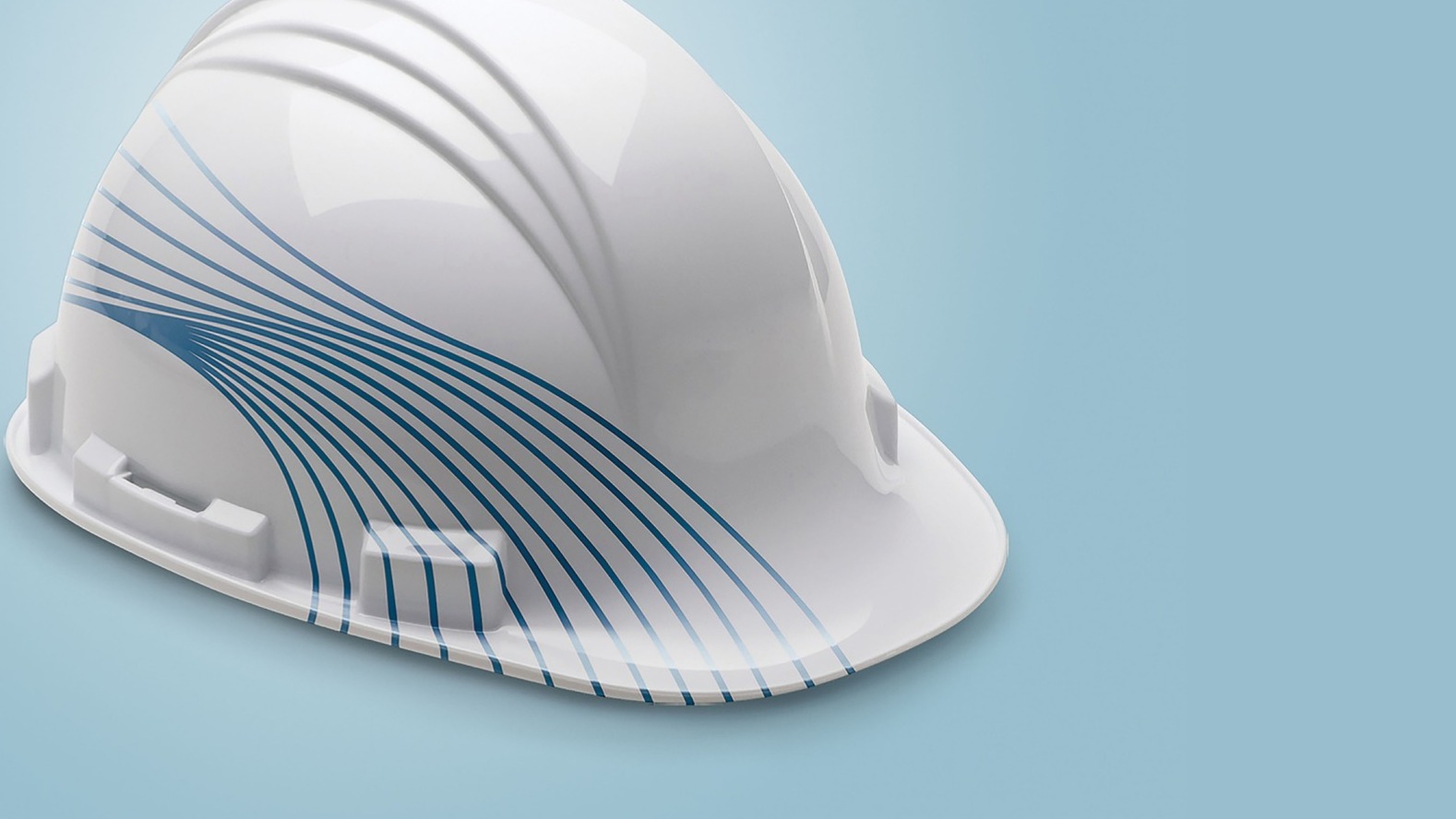
Insulation for Sheds in Midland, TX
Insulation for Sheds in Midland, TX: Benefits, Costs, and Installation Process
Insulating your shed in Midland, TX, offers several benefits, including temperature regulation, moisture control, and energy efficiency. Whether you use your shed as a workspace, storage area, or hobby room, proper insulation can enhance its functionality and comfort. In this article, we will explore the benefits, costs, and installation process of shed insulation in Midland, TX. Let's get started!
Benefits of Shed Insulation
Insulating your shed provides numerous advantages that can greatly improve its performance. Here are some key benefits:
Temperature Regulation: Shed insulation helps maintain a more stable indoor temperature, keeping the interior cooler during hot summers and warmer during chilly winters. This creates a comfortable environment for working or storing temperature-sensitive items.
Moisture Control: Insulation acts as a barrier against moisture, preventing condensation buildup and reducing the risk of mold and mildew growth. This helps protect your belongings and ensures a dry and healthy shed environment.
Energy Efficiency: Insulating your shed can significantly improve its energy efficiency. Insulation prevents heat transfer, reducing the need for constant heating or cooling, which can lead to energy savings and lower utility bills.
Soundproofing: Shed insulation also helps reduce noise transmission, both from outside sources and within the shed itself. This is especially beneficial if you use the shed as a workshop or a quiet space for hobbies.
Costs of Shed Insulation
The cost of insulating a shed in Midland, TX, can vary depending on factors such as the shed's size, insulation material, and installation method. On average, the cost for every square foot can range from $1 to $3.. It's important to consider the long-term benefits and energy savings when evaluating the cost of insulation, as it can provide a worthwhile return on investment.
Installation Process of Shed Insulation
The installation process of shed insulation typically involves the following steps:
Prepare the Shed: Clear the shed of any items and debris. Ensure that the walls and roof are clean and dry before starting the insulation process.
Choose the Insulation Material: Select an appropriate insulation material based on factors such as R-value, moisture resistance, and ease of installation. Common options include fiberglass batts, foam boards, and reflective foil insulation.
Measure and Cut the Insulation: Measure the dimensions of the shed walls and roof, and cut the insulation material accordingly. Ensure a proper fit, leaving no gaps or spaces that could compromise the insulation's effectiveness.
Install the Insulation: Attach the insulation material to the shed walls and roof using adhesive, staples, or fasteners, depending on the chosen insulation type. Take care to cover all surfaces evenly and securely.
Seal Gaps and Joints: Use caulk or weatherstripping to seal any gaps or joints in the shed's structure. This helps prevent air leakage and enhances the insulation's performance.
Consider Ventilation: Ensure that the shed has adequate ventilation to prevent moisture buildup. Install vents or fans if necessary to maintain proper airflow.
Reassemble the Shed: Once the insulation is installed, reassemble any shelving or fixtures that were removed during the process. Organize your shed belongings and enjoy the improved comfort and functionality.
FAQs about Shed Insulation
Q: Can I insulate an existing shed? A: Yes, existing sheds can be retrofitted with insulation. It's important to assess the shed's structure and choose insulation materials and installation methods accordingly.
Q: What is the recommended insulation R-value for sheds in Midland, TX? A: The recommended insulation R-value depends on the shed's intended use and the local climate. Generally, an R-value between R-13 and R-19 is recommended for walls, and R-30 or higher for the roof.
Q: Can I install shed insulation myself, or do I need professional help? A: Shed insulation can often be installed as a DIY project, especially for smaller sheds. However, larger or more complex projects may benefit from professional installation to ensure proper techniques and optimal results.
Q: Will insulating my shed increase its property value? A: While shed insulation may not significantly impact the property value, it can make the shed more functional and appealing to potential buyers.
Q: How long does shed insulation typically last? A: With proper installation and maintenance, shed insulation can last for many years. However, it's important to periodically check for any signs of damage or deterioration and address them promptly.
Conclusion
Insulating your shed in Midland, TX, offers a range of benefits, including improved temperature regulation, moisture control, energy efficiency, and soundproofing. It enhances the functionality and comfort of your shed, whether you use it as a workspace or storage area.
While there are costs involved, the long-term advantages and potential energy savings make shed insulation a worthwhile investment. Consider the benefits, costs, and installation process outlined in this article to make an informed decision about insulating your shed.